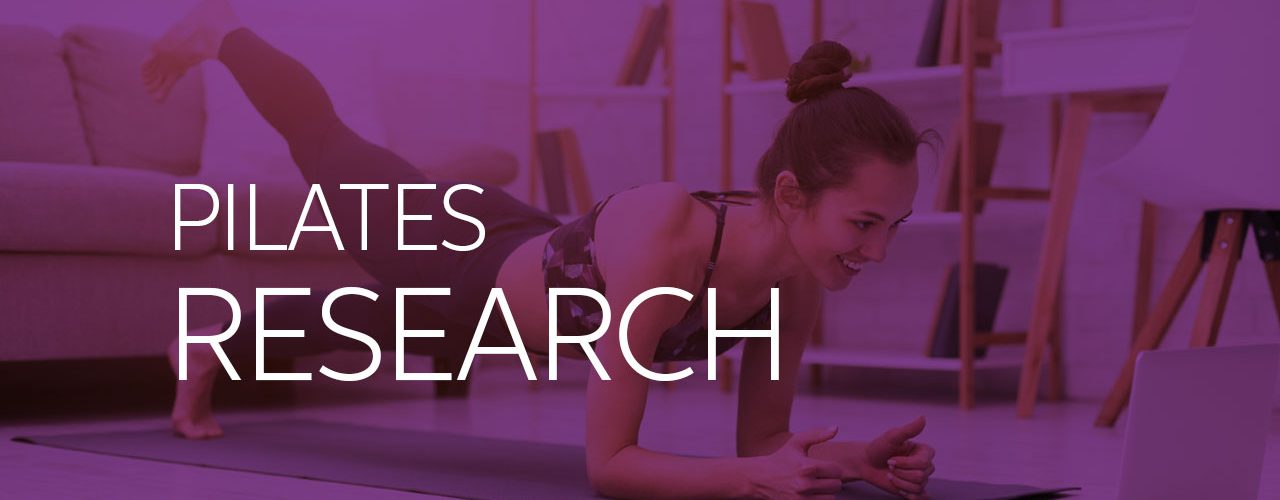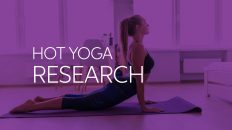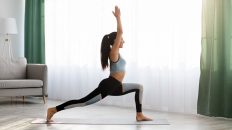Physical conditioning consists of a variety of health-related attributes and Pilates exercises are described as a form of this conditioning. The objective of this systematic review was to determine the effect of the Pilates method on health and ability outcome of the physical conditioning of healthy individuals.
Evidence acquisition: The search was performed in the following databases: Medline, Cinahl, Embase, Lilacs, Scielo, Web of Science, PEDro, Cochrane Controlled Trials Register Library, Scopus, Science Direct and Google Scholar. (1950-2014). Included studies were randomized controlled trials (RCTs) that assessed the effects of the Pilates method on healthy subjects.
Evidence synthesis: Nine RCTs met the inclusion criteria. Pilates improved abdominal muscular endurance when compared with no exercises (mean difference [MD]=9.53%; 95% CI: 2.41, 16.43; P=0.009), however, there was no difference in flexibility (MD=4.97; 95% CI: -0.53, 10.47; P=0.08). Some positive effects (up to 6 months) of the Pilates practice were found in some RCTs’ results as follows: Improvement of dynamic balance, quality of life and back muscle flexibility.
Conclusions: The results indicate the Pilates exercises performed on the mat or apparatus 2 to 3 times a week, for 5 to 12 weeks, improves abdominal muscular endurance (on average, 10 more abdominals curls in 1-minute sit-up test) for both genders, when compared to no exercises.














